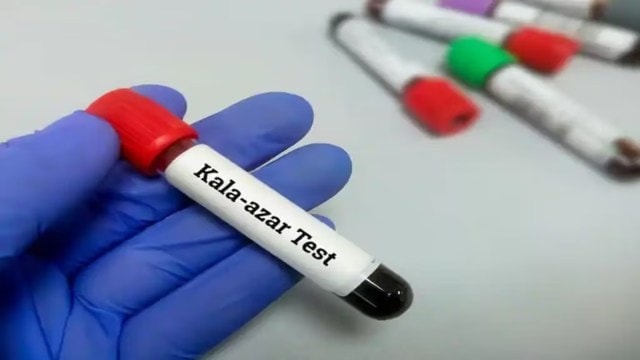Data from the National Vector Borne Disease Control Programme showed that there were 595 cases and four deaths of Kala Azar reported nationwide last year compared to 891 cases and three deaths in 2022.

The Indian Express has learned that the Centre has apprised the World Health Organization (WHO) of this data. Although this marks just the first step – India will need to sustain this momentum over the next three years to receive WHO certification – it’s an important milestone, considering that India has missed at least four deadlines for Kala Azar elimination.
India’s initial target year for Kala Azar elimination was 2010, which was later extended to 2015, 2017, and then 2020.
Elimination for Kala Azar is defined as no block in the country reporting more than one case per 10,000 people. Kala Azar (or visceral leishmaniasis) is a parasitic infection transmitted by sandflies. It causes fever, weight loss, spleen and liver enlargement. Left untreated, it can be fatal in 95% of cases.
In October 2023, Bangladesh became the first country in the world to be officially validated by the WHO for eliminating Kala Azar as a public health problem.
ExplainedNeeded: 2 yrs of low case count
India has missed four deadlines so this is the first but significant step towards eradicating the parasitic disease. India has to keep case count below 1 per 10,000 population in all blocks for two more years. What has helped is spraying, sealing and using ASHA network to track treatment.
In India, there were 633 blocks, mainly in four states Bihar, Jharkhand, West Bengal and Uttar Pradesh, where the disease was endemic. And a few of these blocks were reporting more than one case per 10,000 over the last few years resulting in India missing the four deadlines.
Story continues below this ad
“While we have reached the required numbers of less than one case per 10,000 population in all districts, we cannot say we have eliminated the disease. That is for WHO to verify and certify. A team of experts are doing that,” said a senior government official.
Another official added: “We have reached the numbers, now it has to be sustained for India to be declared Kala Azar free.”
For that to happen, WHO experts will verify the data, assess the mechanisms in place to sustain the success, and then, after three years, issue the certification.
Said Dr Neeraj Dhingra, former head of the NVBDCP who has also worked on the Kala Azar elimination programme: “The team of experts will look at all records, check if there is proper surveillance and other mechanisms in place to ensure that the numbers remain that low for three years. India can achieve it. India has a history of sustaining low levels of cases — West Bengal and Uttar Pradesh had reached the elimination levels years ago and have maintained the numbers.”
Story continues below this ad
There were three key interventions that helped India achieve the elimination targets: one, a rigorous indoor residual spraying effort aimed at curtailing sandfly breeding sites; two, the application of a special soil to seal crevices in mud walls, preventing sandflies from nesting; and three, the mobilisation of the ASHA (Accredited Social Health Activist) network to ensure completion of treatment for PKDL patients, who require a 12-week course of Miltefosine.
PKDL or Post Kala-azar dermal leishmaniasis, is a well-recognised complication which causes scaly skin patches and nodular lesions in people who have been apparently cured of Kala Azar up to two years of the initial infection.
“The problem with PKDL is that it can be a reservoir for the parasite and can lead to the spread of the infection again. The challenge is to track the Kala Azar patients and detect PKDL cases as many people might not go to health centres on their own for it,” said Dr Dhingra. There were 314 cases of PKDL in 2023, according to data.
Dr Dhingra explained that the availability of point-of-care quick diagnostic kits that can be used at the primary health centre or sub-centre level has helped in early diagnosis of cases in recent years.
Story continues below this ad
“The treatment has also improved as compared to what it was a decade ago. Patients only need an IV drip of the medicine, which takes about two hours, for the infection to be cured. Earlier drugs had to be taken over a longer period and there were side effects.”









